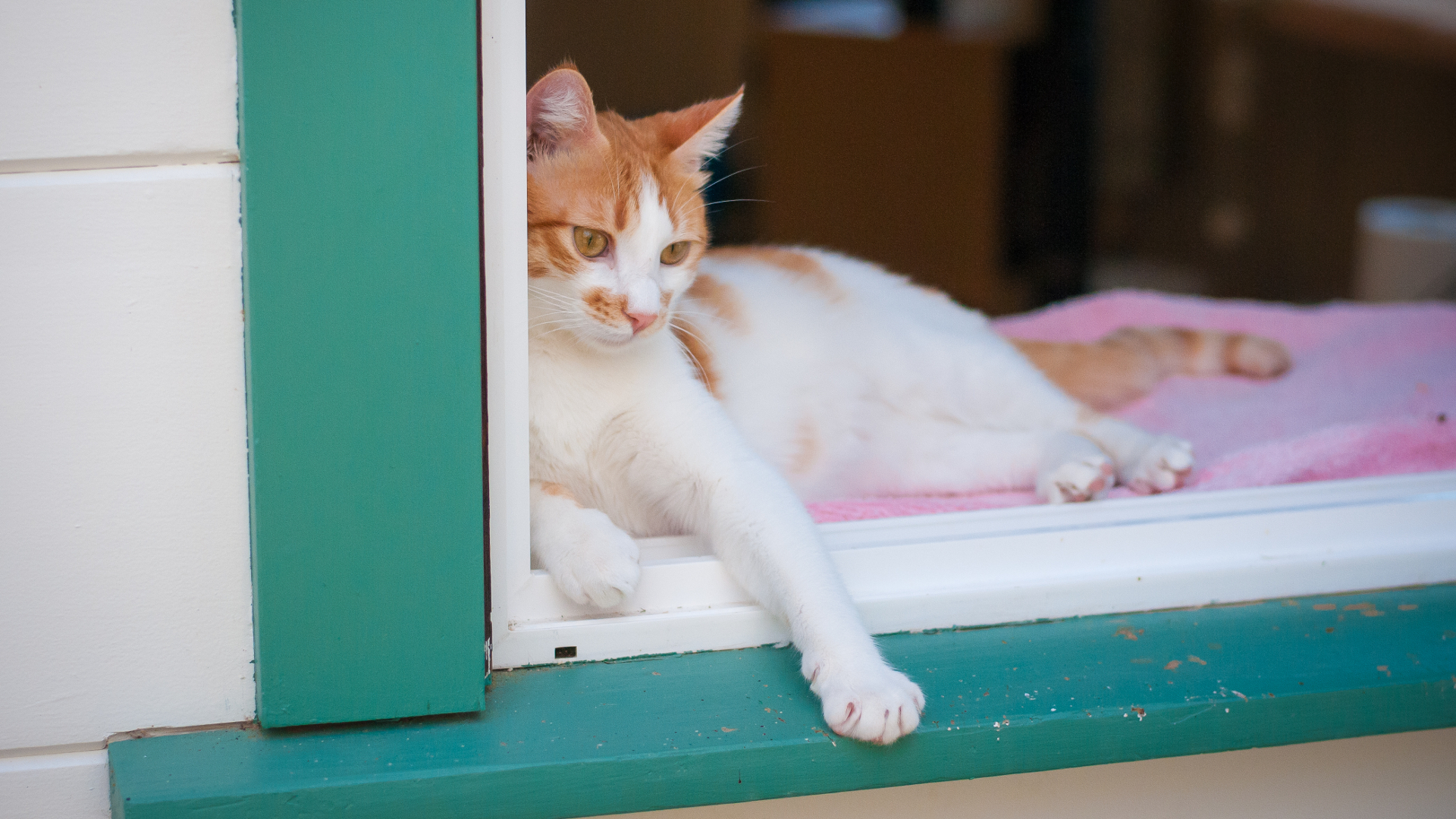Provided by The Animal Planet
Some plants are more toxic than others, so we suggest that you be particularly aware of the dangers associated with these common houseplants.
If your cat decides a houseplant is put to much better use as food than as decoration, your first step should be to call your vet. She will want to know what plant ended up in your cat’s stomach. Use a smartphone or digital camera to take a close-up picture of the plant and email it to your veterinarian for identification. If you’re not sure which plant your cat has gotten into, get your pet to your vet as quickly as possible so that the vet can observe any symptoms for clues.
If the plant is toxic, your vet may suggest inducing vomiting at home or giving your cat activated charcoal capsules. Activated charcoal, which can be purchased at a pharmacy, binds to toxins while still in the stomach, preventing absorption into the blood stream.
It’s a good idea to have activated charcoal on hand for emergencies, but you should never attempt any home remedy without contacting your veterinarian first. Making a cat vomit or swallow pills can be tricky, and activated charcoal capsules are not as concentrated as the liquid version used by veterinarians. Getting to the vet should be your priority. If something as toxic as a lily is ingested, expect your cat to be placed on intravenous fluids for a couple of days to flush out the toxins.
The ASPCA’s Web site has a comprehensive list of toxic and non-toxic plants. The center is also staffed with veterinarians available to answer questions if you suspect your cat has ingested a poisonous substance. The 24-hour emergency poison hotline number is 1-888-426-4435. A fee is required but may be well worth it for your peace of mind or your cat’s life.







